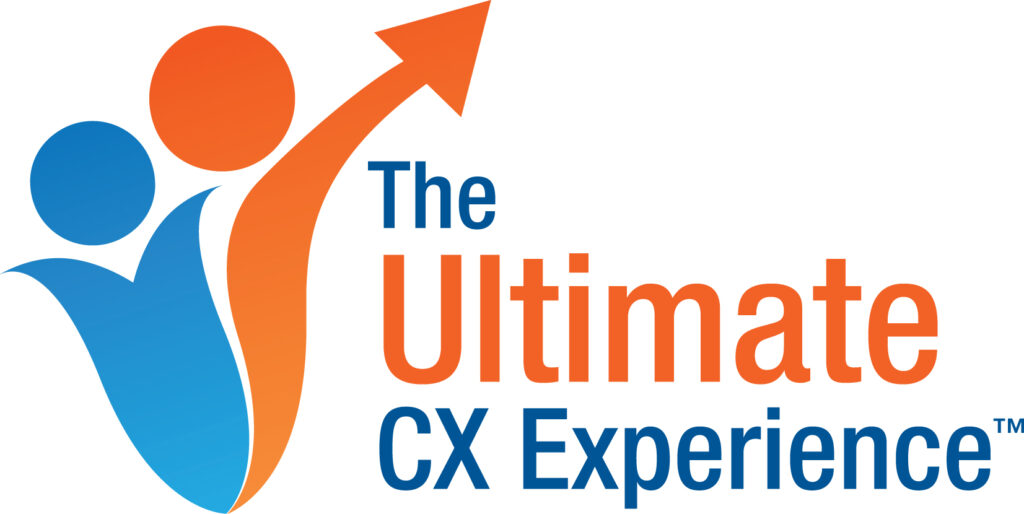
Last week we discussed the mechanics and reasoning behind what constitutes an Ultimate Handover at the front office in your Dental Office.
The Ultimate Handover is the process of transferal of the treated patient to the Front Office Person by the Dental Assistant, following the completion of their dental treatment.
One of the most important things we teach at The Ultimate Patient Experience is the importance of making sure that the client is included in the process in the front desk Ultimate Handover.
The important and crucial element of this process is to be factual AND personal in the transfer of information from the Dental Assistant to the Front Office Person.
The operation is a process of introduction and handover, much in the same way we would introduce a new friend to a group of our long-term friends at a cocktail party.
We must never talk “about” the patient. We must always talk *with* the patient, always including the patient in the conversation.
So the verbal transfer would go something like this:
“Hello Helen, today for Mrs. Smith Dr Moffet removed active decay from three teeth, 14, 15 and 16, and restored those teeth with three large and extensive composite resin fillings. Now two of those cavities, on 14 and 15, were quite deep, getting down near the nerve. Dr Moffet has warned Mrs. Smith that there maybe nerve damage as a result of this decay, and the depth of the filings.
The third tooth, 16, has a significant crack in the tooth running across the floor of the cavity. Mrs. Smith needs a crown on that tooth4 to prevent the crack from spreading down the tooth. Dr Moffet has explained to Mrs. Smith the need for this crown and the urgency, so that we don’t end up with a vertical root fracture and we prevent tooth loss here. Dr Moffet has explained the fees to Mrs. Smith….”
All of this information from the Dental Assistant to the Front Office Person is framed to be conversational as well as factual, always speaking about the patient by using their name, not he or she, and with the Front Office Person looking to the patient at each instance for verbal confirmation and visual recognition that the processes and procedures being spoken of are confirmed and understood by the patient.
This stage of The Ultimate Patient Experience is not the drop off of the family pooch to the boarding kennel.
This is the personable transfer of a dear friend from one conversation to another.
Time must be taken with the transfer of the patient. It is essential to be making sure they are engaged and included in the conversation and transfer, talking and nodding with them rather than talking about them, sometimes as if they aren’t even present.
When the patient or client is included in the conversation then the chances of treatment plan acceptance are increased dramatically.
Everyone likes dealing with friends, and with friendly people. It is just so much more enjoyable than being treated as invisible, or as a number.
P.S. Here’s what to say, and what not to say:
We don’t say: “we did…”
We say: “Mrs. Smith had…”
We don’t say: “she needs one filling…”
We say: “Mrs. Smith has decay in one tooth, the 16…”
We say: “Dr Moffet will be fixing that tooth and removing that decay…”
We don’t say: “she needs a filling on…”
We say: “Mrs. Smith has active decay on…”
We don’t say: “Mrs. Smith needs 5 fillings”
We say: “Mrs. Smith has active decay on five teeth that needs to be removed from them…”
*************

Dr. David Moffet BDS FPFA CSP is a certified CX Experience coach. David works with his wife Jayne Bandy to help SME businesses improve their Customer Service Systems to create memorable World Class experiences for their valued clients and customers. Click here to find out how David and Jayne can help your business
